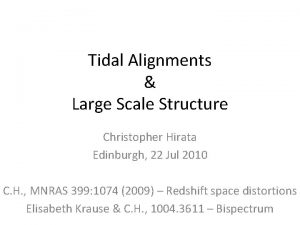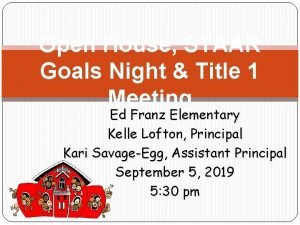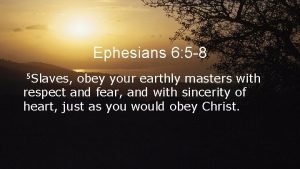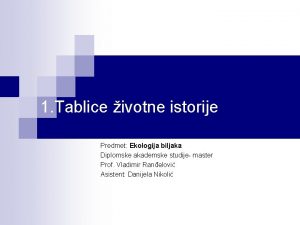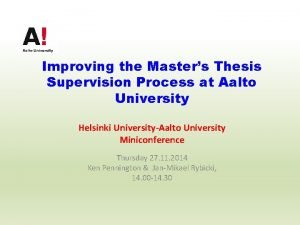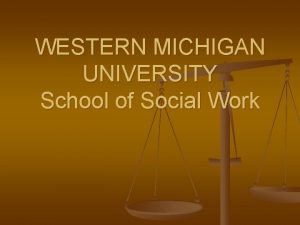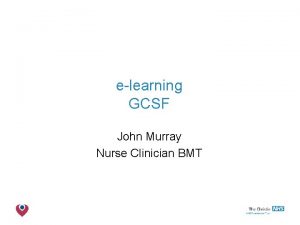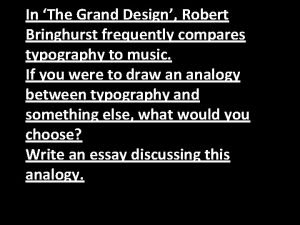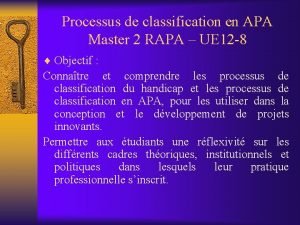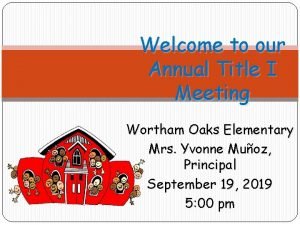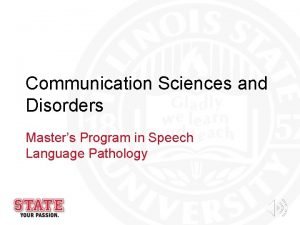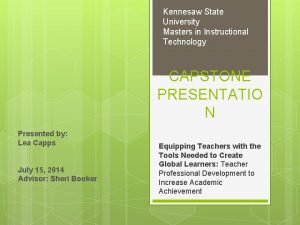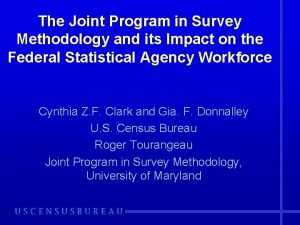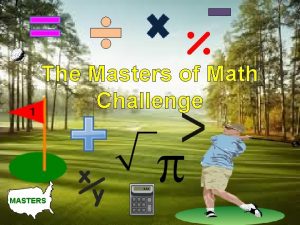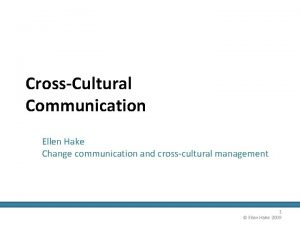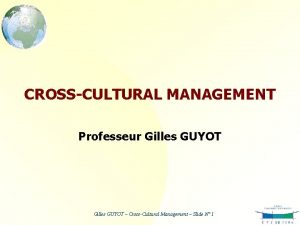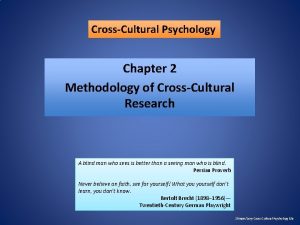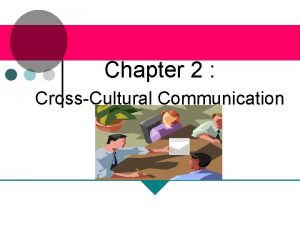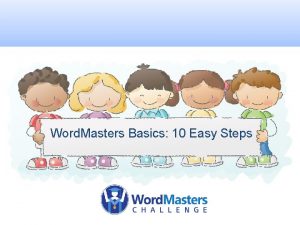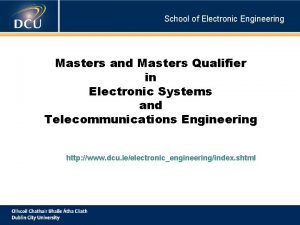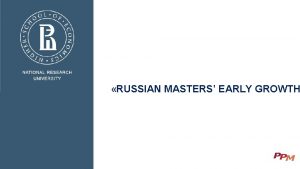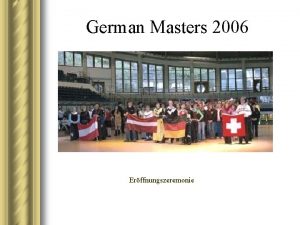LUAU Initiative Limalau Kaneyo Hirata CrossCultural Studies Masters






















- Slides: 22

LUAU Initiative Limala’u Kaneyo Hirata, Cross-Cultural Studies, Master’s Candidate, University of Alaska, Fairbanks

1 in 3 High school students received an F last academic school year 2015 -2016 (http: //www. asdk 12. org/media/anchorage/globalmedia/8. 25. 16%20 MECAC. pdf) Asian White 20. 70% 21. 30% Multi-Ethnic 36. 80% American Indian 37. 10% Hispanic 37. 40% Black Special Education Native Hawaiian and Pacific Islander Alaska Native 41. 90% 45. 10% 47. 30% 52. 60%

Hendricks, P. (1998) “Developing Youth Curriculum Using the Targeting Life Skills Model” http: //www. extension. iastate. edu/4 H/skls. eval. htm Palu, A. K. (2014). Factors Related to High School Dropout Rates Among Native Hawaiian and Other Pacific Islander Youths in Salt Lake and Utah Counties in Utah. Tatafu, M. (1997). Early School Leaving: A crisis in secondary school in Tonga. University of Wollongong Thesis Collection (http: //ro. uow. edu. au/theses/1874). Vakalahi, H. F. O. (2009). Pacific Islander American students: Caught between a rock and a hard place? Children and Youth Services Review, 31(12), 1258 -1263.

Family-Related Peer-Related Personal-Related Culture-Related Native Hawaiian and Other Pacific Islanders School Dropouts School-Related Conceptual framework for factors related to NHOPI high school dropouts. These 5 major factors that influence students to drop out according to Tatafu (1997) and Vakalahi (2009)

Peer. Related Family. Related NHOPI High School Student Dropouts Personal-Related DECISIONS TO DROPOUT Culture-Related NHOPI High School Students Decisions to Dropout School-Related Revised conceptual framework of 5 factors related to dropout rates among NHOPI dropouts in Salt Lake and Utah counties in Utah according to Palu (2014)

Makai Reading Initiative and Youth and Adult Mentoring Program Provide access and navigation tools to help high school students stay in school High school students to continue on the path of higher education or trade school Work with school district, especially counselors to learn more about Pacific Islanders and provide access to education opportunities and scholarships Work with families and older adults by offering access to employment and education opportunities Work closely with faith based communities and agencies to ensure potential opportunities

Results 2013 35% of NHOPI in Utah drop out rate 2016 15% of NHOPI in Utah drop out rate

Pacific Alliance of Alaska: Polynesian Association of Alaska Pride Pacific Islanders Center Hawaiian Civic Club Pacific Bloom Tongan Community Fijian Community Just. Serve Bridge Builders ASD Administrators: Bartlett High School Begich Middle School Benny Benson High School Clark Middle School East High School

▪ Identity: Love of God, Love of Self and Family, Love of Community ▪ Bicultural Identity: Understanding self and other cultures and learning to live together, work together, and make sense of culture one was born and culture one is presently a part of ▪ Multicultural Awareness: Accountability to community and aware of other cultures, service opportunities that create a sense of community ▪ Polycultural Wellness: Unity that cultivates and embraces all cultures and equity for all

LUAU Initiative explores: ▪ Identity ▪ Bicultural Identity GOD ▪ Multicultural Awareness ▪ Polycultural Wellness SELF FAMILY COMMUNITY

Hendricks, P. (1998) “Developing Youth Curriculum Using the Targeting Life Skills Model” http: //www. extension. iastate. edu/4 H/skls. eval. htm

Problem: Youth in Urban Anchorage, Alaska are underserved in areas that lack cultural relevant learning experiences, education opportunities and scholarships Goals: Youth will be actively engaged in academics through empowerment and will be able to develop strong life skills that focus on their heart, hands, head, and health which they will be more self-determined and confident in making positive and healthy choices Objectives: Students will demonstrate what they have learned through individuals and group presentations learn skills to help them develop a strong sense of cultural identity through performing arts and community service projects that empower students to excel in academics and prepare them to develop positive leadership skills. Utilizing LUAU initiative through stories, education, family, community and school engagement Input: Pacific Alliance of Alaska Clubs (Poly) in ASD High School and Middle Schools

Students will learn positive life skills using the LUAU Initiative, Revised 5 Factor Model according to Palu (2014) and the 4 -H Targeting Skills Model Students will gain understanding of leadership skills Students will learn to serve others through community and service learning projects and public performances Students will learn to conduct workshops, meetings and make presentations in front of the group and in public Students will develop strategies that will help them be successful in school by setting goals Students will learn the importance of academic excellence by doing all their assignments and maintaining a GPA of 3. 0 and above throughout the school year Students will learn to help each other and mentor each other Output measures (Who we reach): 80% of those enrolled in Pacific Alliance of Alaska after school program will maintain a GPA of 3. 0 and above 80% of those enrolled in our afterschool program will participate in cultural arts performances and service learning opportunities in the community 100% of the students will learn to appreciate cultural identity and be proud of their cultural heritage

Outcome measures: Short term Learning Awareness Attitudes Motivation Skills Long term Higher education Trade or skill Future leaders Engaged in creating a sense of community Giving back to community Strong sense of cultural identity

CLARK MIDDLE SCHOOL 2012 -2013 CLARK MIDDLE SCHOOL 2 012 -2013

BEGICH MIDDLE SCHOOL 2014 -2016



ALASKA NATIVE CULTURAL CHARTER SCHOOL 2014 -2016

BARTLETT HIGH SCHOOL (2015 -2016)


A Samoan Proverb “Ua o gatasi le futia ma le umele” Translation: We must be of one mind in the undertaking While the fisherman swings the rod, the others must assist him by paddling hard
 Edson shiguemi hirata
Edson shiguemi hirata Christopher hirata
Christopher hirata Hamiltonian operator
Hamiltonian operator Daisuke hirata
Daisuke hirata So hirata
So hirata Christopher hirata
Christopher hirata Paradigm shift from women studies to gender studies
Paradigm shift from women studies to gender studies Inel pentru prolaps uterin
Inel pentru prolaps uterin Approaches meets masters
Approaches meets masters Eph 6:5-8
Eph 6:5-8 Ekologija biljaka
Ekologija biljaka Masters thesis structure
Masters thesis structure Wmu msw application
Wmu msw application Colonie masters in nursing programs near me
Colonie masters in nursing programs near me Amber haque psychology
Amber haque psychology The masters grand design
The masters grand design Classification de masters
Classification de masters Department of anthropology
Department of anthropology Approaches meets masters
Approaches meets masters Fsu cybersecurity major
Fsu cybersecurity major Isu masters program
Isu masters program Kennesaw online masters
Kennesaw online masters Joint program in survey methodology
Joint program in survey methodology

